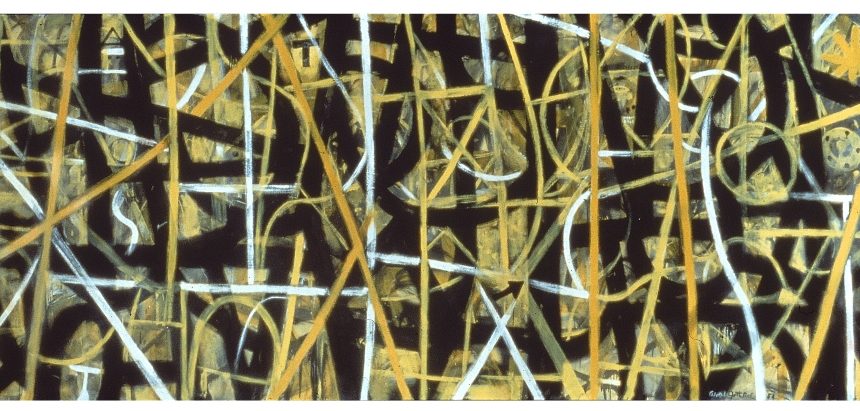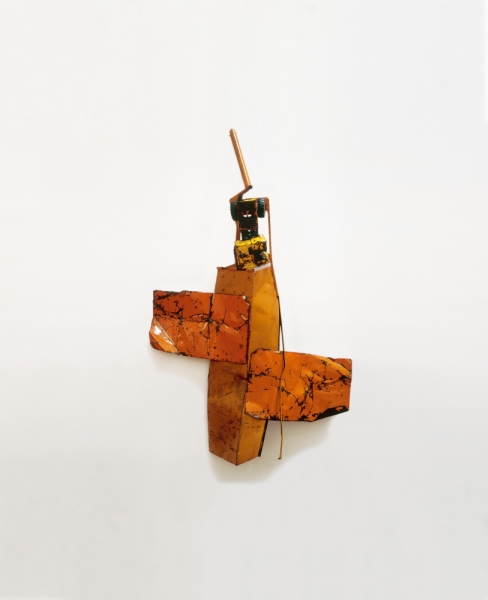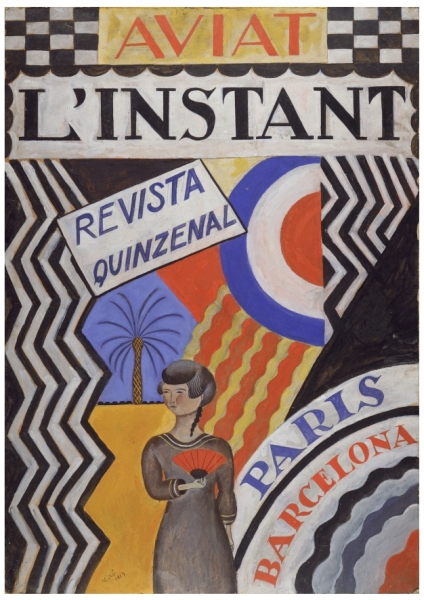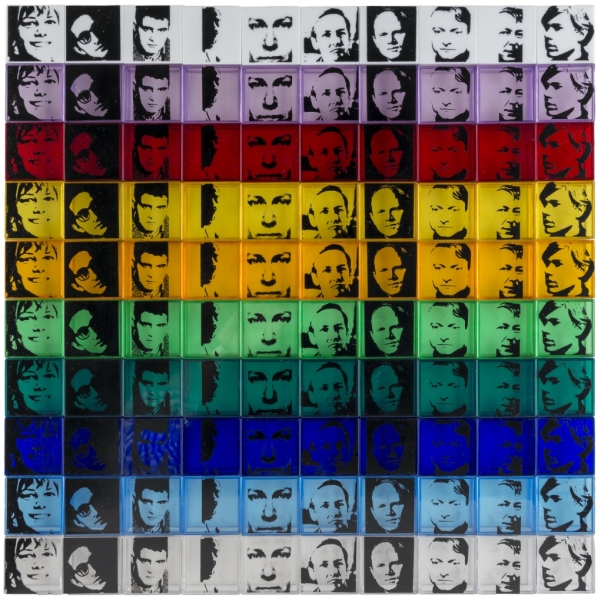The Collection of the IVAM
XXV Anniversary
The first phase goes from the 1920s until the end of the Second World War. The first hall focuses on the work of Julio González in dialogue with Torres-García, David Smith, Brancusi, etc. They interpret the esprit of the historical Avant-gardes that find their expression in the theses of Futurism, the geometric spatialism. Dadaism and Surrealism will occupy the centre of the artistic debate in the 1920s. From Duchamp to Tristan Tzara and André Breton runs a line of new languages which burst in a society leaning to an end of a period. The new formalism so close to the esprit nouveau of Architecture will come together with the passionate journey of the Russian Constructivism of Rodchenko, Popova, El Lissitzky or Malevich. All of them, with their heroism and revolutionary enthusiasm, ending in the catastrophe that was the Spanish civil war and the Second World War. There you will find the documents of an end of journey, from the Russian agit-prop materials, the work of George Grosz or photomontages of John Heartfield or Josep Renau next to the allegory of Jacques Lipchitz, Prometheus Strangling the Vulture, which express the sense of this tragedy. The second phase covers the years ranging from the 1950s to 1990s, forty key years in the history of 20th-century art. To these consequences of the war, art answers searching for new languages, leaving all formalism. European Informalism and American Abstract Expressionism are the two lines that trace the new maps of art. Since Dubuffet or Tapies, or from Pollock, Kline or Barnett Newman, passing by the Soulages, Asger Jorn, Saura, Millares, Chillida or Chirino we find the lines of a new map of art. Its highest expression and representative will be found in great American artists such as Jasper Johns and Robert Rauschenberg. At the same time is the appearance of Pop art, a new language attentive to the dimensions of a new order of things and the world, the so-called American Way of Life that artists like Warhol, Rosenquist, Baldessari or Lindner interpreted. Opposite the reading proposed by Pop art are other languages that will seek to recover a truth of art. Nearest to concept, rather then to media are artists such as Richard Serra, Robert Smithson, Gordon Matta-Clark, or photographs as Bernd and Hilla Becher, which among others express. The third stage of the exhibition traces the years ranging from the 90s until today. There has been talk of an ethical spin in the culture, loading art with questions. Issues such as identity, in all its declinations, memory and archives, the cultural approval and multiple forms of resistance, are today the key arguments that contemporary art interprets and elucidates. In this direction we can see works of Robert Rauschenberg and Tony Cragg, Sean Scully, Cristina Iglesias, Juan Muñoz or Cabrita Reis. The duel of Christian Boltanski together with works by Zoran Music, Carmen Calvo, John Davis, Bernardí Roig or Darío Villalba. Paying special attention to works by Baselitz, Lüpertz and Magdalena Abakanowicz. Not to mention the presence of photographers ranging from Gabriele Basilico to Joan Fontcuberta or José M. Ballester which are already a reference in the history of contemporary photography. Concluding with the virtual space of a permanent happening that Antoni Muntadas again offers us as the true measure of the world. In short a journey that from the Collections of the Ivam, allows us to approach the problems of art of the 20th century.







